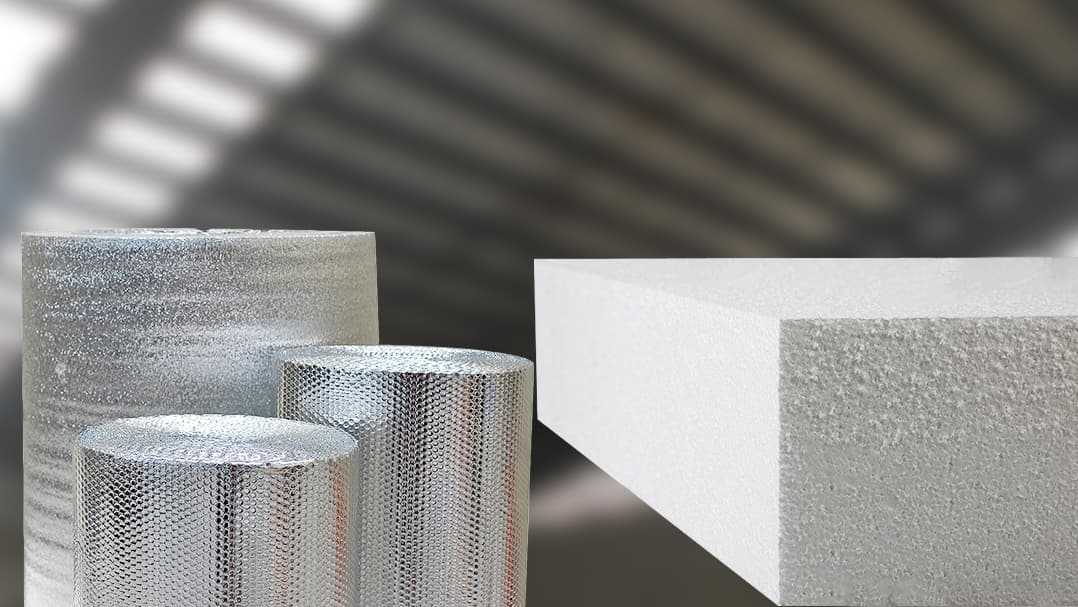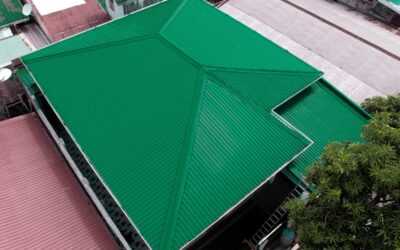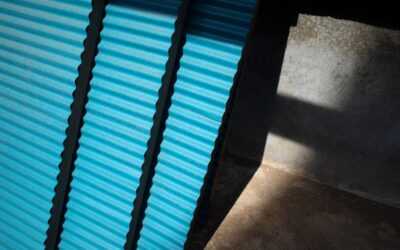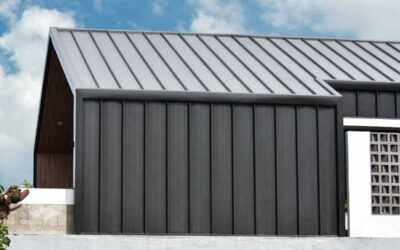As temps go up, so does our electricity bill. In tropical countries like the Philippines, we rely on air conditioning and electric fan units to help cool us in scorching weather. To minimize our dependence on these appliances – and lower costs — we have to ensure that our homes are equipped with the best materials to support energy efficiency.
Insulation, such as bubble foam and expanded polystyrene foam (EPS), plays a big part in turning your house into a more energy-efficient home.
Why is insulation important?
Insulation is essential for every home because it provides resistance to heat. Less heat means less need for air conditioning, thus lowering your electricity bill and environmental impact. A house that can resist extreme heat also provides the ultimate comfort for everyone.
How does insulation work?
Insulation helps reduce the ability of heat to be transferred by conduction. This is done by trapping dry air in lightweight, bulky materials, like bubble foam and EPS. Still air is a poor conductor of heat. So, the more air you trap, the less heat flows through your space.
Insulation is measured by R-value or thermal resistance. This measures the material’s resistance to conductive heat flow: the higher the R-value, the more effective it is at insulation.
Bubble insulation and EPS
Bubble insulation
Also known as reflective bubble insulation, this type of insulation comprises multiple layers of polyethylene bubbles between reflective surfaces, such as foil. The air pockets in the bubbles can trap air, while the reflective surface can push heat away from the building. It is lightweight, flexible, and easy to install.
EPS
EPS is rigid foam insulation made from polystyrene beads. It has a high R-value and is resistant to moisture, which helps prevent mold formation. Like bubble foam, it is also lightweight and easy to install.
Bubble insulation vs EPS
Both bubble foam and EPS are effective materials for home insulation. Homeowners should take note of the differences between each material so they can make the right choice. For structures that need a lightweight, flexible option, bubble insulation may meet their needs. For structures that require more insulation and protection against moisture, EPS is the better option.
Insulation for every home
Metalink, one of the country’s leading roof and solutions providers, has insulation materials to meet every homeowner’s need. Their range of quality materials comes with aluminized or pure aluminum sheet lamination that effectively keeps heat out. Check out these materials that work well with Metalink insulation:
Metakool
The METAKOOL Insulated Roof and METAKOOL Wall Panel are prime examples of our commitment to superior thermal insulation. Both products are equipped with EPS, which is renowned for its excellent insulating properties. By installing these innovative solutions, you can effectively reduce heat transfer and maintain a comfortable indoor environment without relying heavily on energy-consuming cooling appliances.
METAKOOL’s insulation solutions are also highly efficient, durable, and easy to install. We understand the value of your time and investment, so our products are designed to provide long-lasting performance while ensuring a hassle-free installation process.
Flexseam
This simple, sturdy profile with concealed fasteners creates a continuous linear design for a modern, clutter-free look. FLEXSEAM can be fitted with EPS to provide a more solid support for your structure, as well as thermal insulation.
Ecoseam
ECOSEAM is a meticulously crafted panel for roof and wall cladding that enhances your project’s overall aesthetics and contributes to a more energy-efficient dwelling. With a convenient snap-on lock system, installation becomes a breeze, ensuring a hassle-free experience.
Cool Chemistry
This dark-colored solid finish is specially formulated to have higher thermal reflectance than traditional dark paints. It absorbs less heat and can pair perfectly with EPS for superior thermal insulation. This finish is applicable in any roofing and wall cladding profiles.
Other tips to become more energy efficient
Aside from investing in insulation for your home, there are other ways that can help make your home more energy efficient:
Conduct proper maintenance
Regularly check your home to ensure you’re not using more energy than you should. Is your air conditioning unit clean? Are your pipes insulated? Do you use window coverings to help keep your home cool?
Invest in energy-efficient appliances
There are many energy-efficient appliances out there in the market. Inverter-type air conditioners, for example, can save up to 30 – 64% electricity compared to non-inverters.
Use eco-friendly building materials
Using recycled or repurposed materials around the home can help reduce waste and lessen your environmental impact.
Incorporate renewable energy sources
Solar panels are a great way to generate clean energy. Take advantage of our endless sunny days by using that solar energy to power your home instead of traditional resources.
As our world becomes hotter than ever, we must move towards sustainable living practices to help alleviate climate change. Making our homes more energy efficient through insulation, proper maintenance, and other sustainable practices is a good start toward an environmentally-friendly future.




